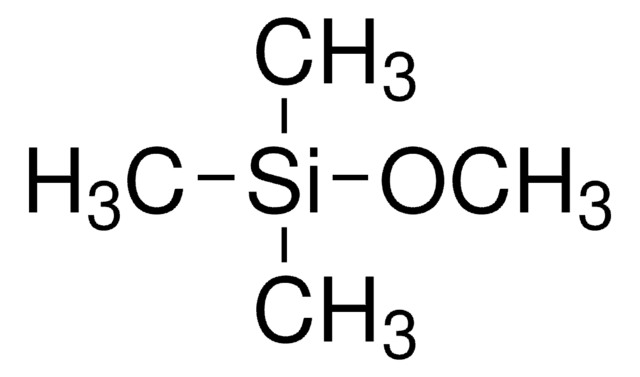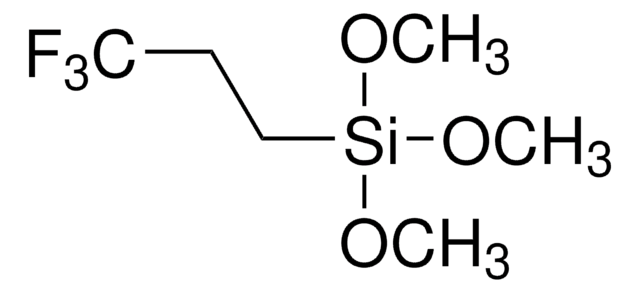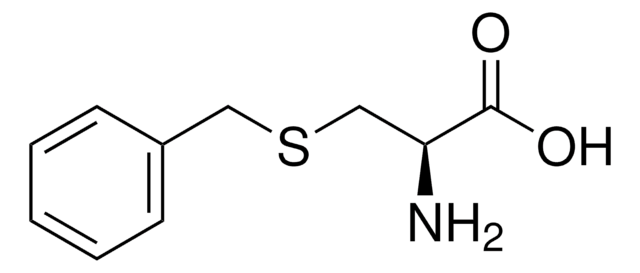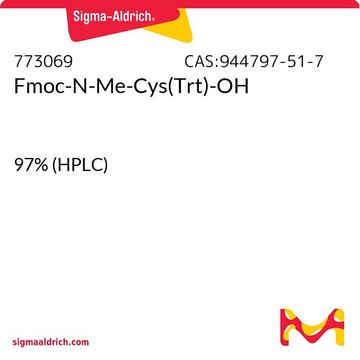467154
N-(tert-Butoxycarbonyl)-L-cysteine methyl ester
97%, for peptide synthesis
Synonyme(s) :
N-Boc-L-cysteine methyl ester
About This Item
Produits recommandés
product name
N-(tert-Butoxycarbonyl)-L-cysteine methyl ester, 97%
Pureté
97%
Forme
liquid
Activité optique
[α]22/D +21°, c = 7.5 in chloroform
Capacité de réaction
reaction type: solution phase peptide synthesis
Indice de réfraction
n20/D 1.475 (lit.)
Point d'ébullition
214 °C (lit.)
Densité
1.143 g/mL at 25 °C (lit.)
Application(s)
peptide synthesis
Chaîne SMILES
COC(=O)[C@H](CS)NC(=O)OC(C)(C)C
InChI
1S/C9H17NO4S/c1-9(2,3)14-8(12)10-6(5-15)7(11)13-4/h6,15H,5H2,1-4H3,(H,10,12)/t6-/m0/s1
Clé InChI
NJGIAKIPSDCYAC-LURJTMIESA-N
Catégories apparentées
Application
Code de la classe de stockage
10 - Combustible liquids
Classe de danger pour l'eau (WGK)
WGK 3
Point d'éclair (°F)
235.4 °F - closed cup
Point d'éclair (°C)
113 °C - closed cup
Faites votre choix parmi les versions les plus récentes :
Déjà en possession de ce produit ?
Retrouvez la documentation relative aux produits que vous avez récemment achetés dans la Bibliothèque de documents.
Les clients ont également consulté
Notre équipe de scientifiques dispose d'une expérience dans tous les secteurs de la recherche, notamment en sciences de la vie, science des matériaux, synthèse chimique, chromatographie, analyse et dans de nombreux autres domaines..
Contacter notre Service technique










